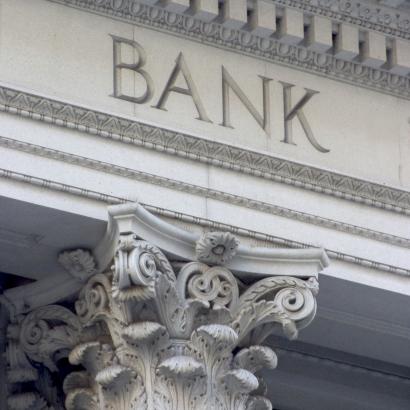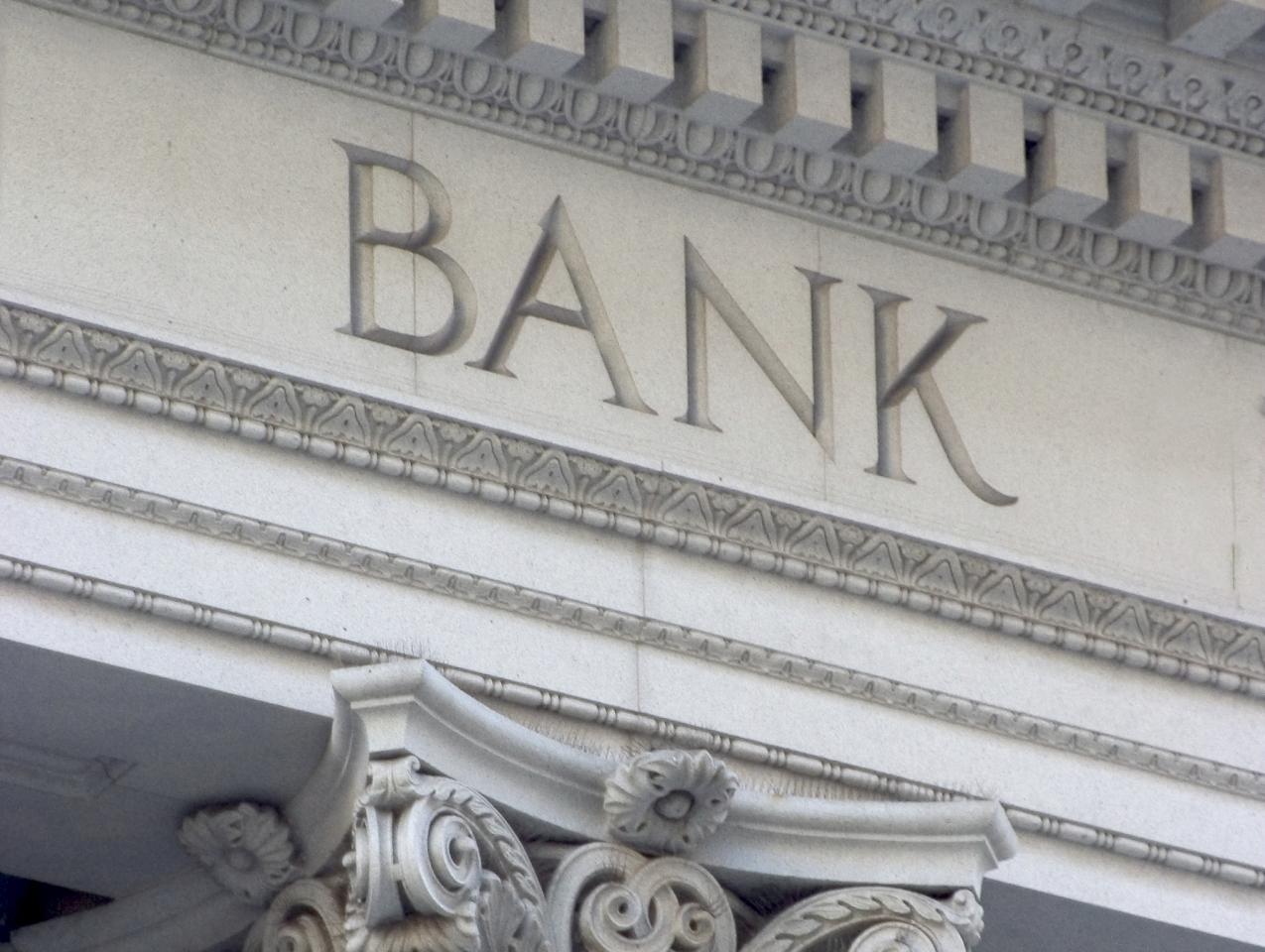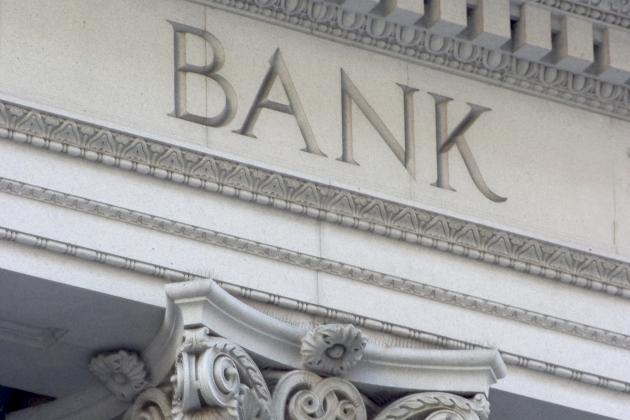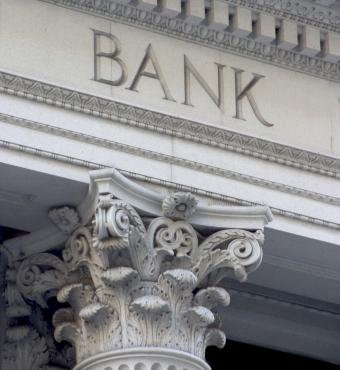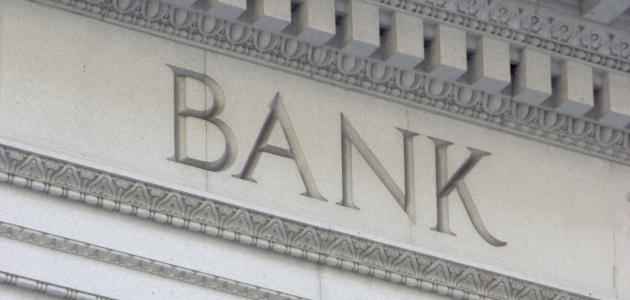- Economics
It has been almost ten years since the financial crisis of 2008, which threw the financial system into turmoil with the collapse of Lehman Brothers. After two years of tumultuous debate, the legislative response to the meltdown was the enactment of the Dodd-Frank Wall Street Reform and Consumer Protection Act of 2010, which imposed many restrictions on the operation of American financial institutions of all sizes and types. Dodd-Frank specifically targets “systemically important financial institutions,” or SIFIs, for an intensive barrage of regulations in order to avoid another “too big to fail” meltdown. A bank qualifies as a SIFI if it holds $50 billion in total assets, but, at the discretion of the Financial Stability Oversight Council, that designation could be extended to non-banks as well, such as MetLife, a well-established insurance company with a stable asset base. In 2016, District Court Judge Rosemary Collyer slapped down that practice in a bruising opinion.
The operation of Dodd-Frank has not stopped large banks from getting larger, in part because the bailout of one large bank was often achieved through its acquisition by an even larger one, as with the 2008 acquisition of the failed Washington Mutual by JP Morgan Chase. Indeed, now that banking reform is in the air, a recent study by the Federal Reserve Bank of New York reports that investors fear Dodd-Frank’s cumbersome and untested apparatus will fail in the next crisis.
The ongoing dissatisfaction with Dodd-Frank’s heavy regulatory burden spurred a reform movement to adopt Senate 2155, the Economic Growth, Regulatory Relief and Consumer Protection Act. Its key features are as follows. First, small banks, defined as having under $10 billion in assets, will be exempt from the so-called Volcker Rule, which bars commercial banks from engaging in speculative trades with their proprietary accounts, the sort that are said to have contributed to the 2008 liquidity crisis in financial markets. It also raises from $50 billion to $250 billion the threshold for the dreaded SIFI status and specifies tailored regimes for the oversight of the largest banks. Just recently, the movement gained steam with the passage in the Senate of a motion to end debate over the bill.
The bill has solid Republican support. Somewhat surprisingly, seventeen Democratic Senators responded to the pleas of their local banks and businesses to vote to shut down debate. They care about the contraction of credit. As one might expect, the strong opposition to this legislation comes from those who think that the greater danger comes from too little regulation, and not too much. The leader in this campaign is the irrepressible Senator Elizabeth Warren who, during the floor debate, angrily predicted, “This bill will pass. And if the banks get their way, in the next 10 years or so, there will be another financial crisis.”
A far more measured and sober critique of Senate 2155 comes from Gary Gensler, the former head of the Commodity Futures Trading Commission, who wrote a letter in opposition to the Senate Banking Committee. One point of objection is the desire to have “a level playing field of rules” for all banks—unlike today, when larger banks are subject to heavier regulation than smaller ones. That criticism is a non-starter, given that some classification of banks is needed under any version of the law. The only question is whether the new $250 billion line is superior to older $50 billion line for SIFI designation. Either way, some line has to be drawn, so what matters is choosing the right place.
Gensler also noted that the change in rules will remove this extra regulation from about 25 regional and super-regional banks with a combined capital of over $3.5 trillion. Most of these banks are depository institutions, which do not adopt the high-risk strategies practiced by banks like Lehman Brothers. It is therefore best not to place these banks in the same league as the big four—JP Morgan Chase with $2.55 trillion in assets, Bank of America with $2.25 trillion, Wells Fargo with $1.95 trillion, and Citigroup with $1.82 trillion, for a combined asset base of $8.57 trillion. Given the different market niches and business strategies for banks under $250 billion in assets, it is highly unlikely that their risks of failure correlate closely with each other or with the big four national banks.
Gensler also points to the general improvement in general financial oversight since the passage of Dodd-Frank, including improved capital and liquidity requirements, annual stress tests, and better regulation of swaps markets. But these changes cut in exactly the opposite direction from what he thinks. Why impose the heavy SIFI regulation given these major improvements that have already taken place in the regulatory landscape since 2008? Ironically, the same cannot be said of some of the regulatory innovations he touts—most notably, the stimulus packages and the Consumer Financial Protection Board, neither of which has worked.
Indeed, the path to sensible reform here depends on understanding how we got into the financial crisis in the first place. There has been a long debate about whether the financial crisis was caused by poor incentive structures by government or from the greed of the many individuals and banks that flocked to the subprime market. The short answer is that greed is a constant in financial markets—so the structural changes matter most.
The longer story runs as follows. There is little doubt that the large increase in the number and amount of subprime or high-risk residential mortgages played a major role in bringing about the crisis. Under the then-existing financial system, individual banks, including a legion of small community banks, could make loans to high-risk individuals and then remove these loans from their balance sheets by packaging them for resale in a secondary market to a variety of funds run for the benefit of investors. The bundling of mortgages allowed for diversification of the loan portfolios by region and type of housing, but the real culprit in this case was that the risky lending practices in all of these different geographical regions remained highly correlated. Bundling these mortgages did nothing to diversify that risk.
The marketing of these high-risk loans consistently expanded under the Community Redevelopment Act of 1977 (CRA), which had been modified repeatedly as late as 2007 to require an ever larger portion of bank portfolios to be allocated to these high-risk loans. The key responsibility devolved on the Federal National Mortgage Association, Fannie Mae, and the Federal Home Loan Mortgage Corporation, Freddie Mac. The CRA sought to square the financial circle by requiring banks to radically increase the percentage of loans made to low and moderate-income families, up from 30 percent in 1992 to 55 percent in 2007, just before the crisis broke.
At the same time, Fannie and Freddie had to make sure that the residential home mortgage market operated in a strong financial position. It is simply impossible to maintain average quality while digging deeper into a risk pool. In order to keep the cycle going, the federal government (operating through government agencies) continued to prime the pump. It is widely agreed that these two huge operations offered an implicit guarantee that they would back the loans that were purchased by private investors in the secondary market. At this point, the buyers of these arrangements were concerned less with the underlying soundness of the portfolio, and more with the nature of the government guarantee.
Politically, it is easier to monitor the fraction of loans that goes to low and moderate income families than it is to monitor the quality of the loans, so when the dam burst, the fall in value in the underlying portfolios was so rapid that Lehman Brothers failed when the government did not bail it out, causing major ripple effects in the economy. The 2008 failure of Fannie and Freddie quickly followed, and they too were bailed out in a complex set of transactions under which the Department of Treasury initially purchased a huge amount of senior preferred stock holding a 10 percent dividend. Nearly four years later, in August 2012, the newly created Federal Housing Finance Agency (FHFA) and the Department of Treasury engineered a “net worth sweep” under which all of Fannie and Freddie’s free cash was paid over as a dividend on the preferred stock, effectively leaving nothing for the common shareholders and junior preferreds whose efforts to undo the transaction have been, to date, met with a stiff wall of resistance, capped by a hostile ruling in February 2017 by the Court of Appeals for the District of Columbia..
The simplest way to deal with this problem is to undo the expansion in the scope of the CRA and the practice of liberal government guarantees in the hopes of restoring a more stable market environment, which would reduce the dangerous combination of mandatory subsidies and implicit assurances. But no serious reform was made of either the CRA or Fannie and Freddie. The CRA remains on the books, and Fannie and Freddie are in financial limbo.








